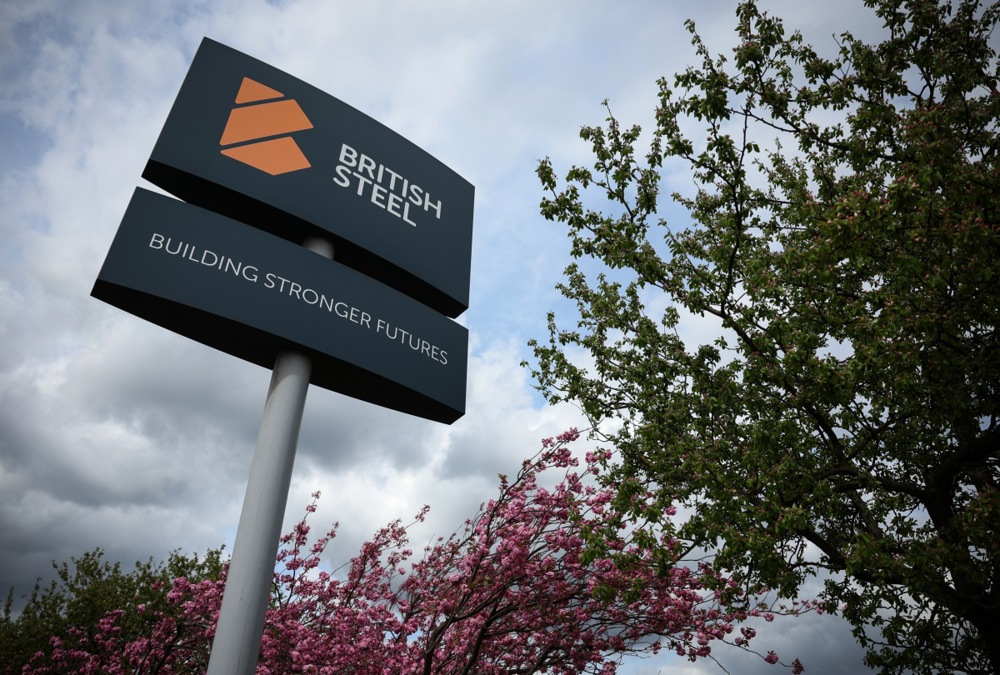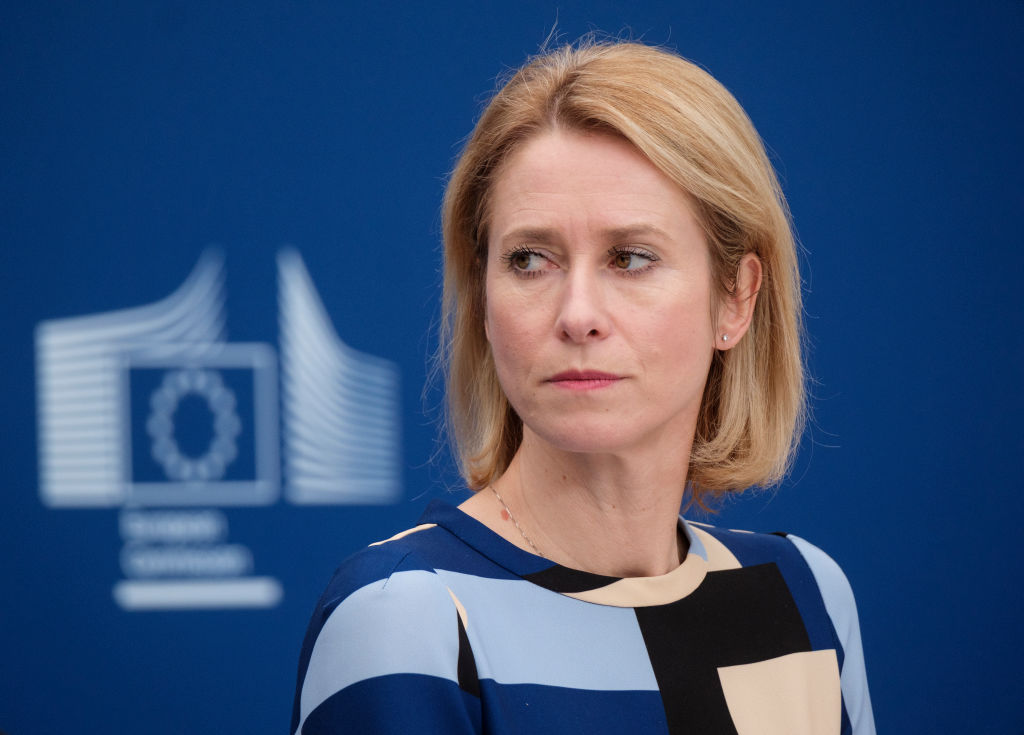Europe’s shifting ties with Asia have aggravated its growing defence production crisis, as shortages of key chemical inputs including nitrocellulose threaten to derail ambitious rearmament plans.
Nitrocellulose, a cotton-based material treated with acid to create a modern artillery propellant, has suffered a critical bottleneck in Europe’s efforts to meet wartime-scale demand.
“No nitrocellulose means no shells,” the European Policy Centre (EPC) warned in a report published on June 18.
Despite European Union pledges to produce more than 1 million shells annually by 2027, the current fragmented supply chain led by Germany’s Rheinmetall, France’s Eurenco and producers in Czechia and Poland could only deliver between 4,500 and 10,000 tonnes of the chemical a year.
Yet the combined needs of Ukraine and Europe’s own stockpiles required closer to 20,000 tonnes, leaving an annual shortfall of up to 14,000 tonnes.
For years, Europe relied heavily on imports of cotton linters, used in the production of explosives and ammunition, and nitrocellulose from Asia, particularly China.
Now, as Beijing deepened its alignment with Russia and tensions have grown over Ukraine and Taiwan, this dependency was becoming a liability.
“Of course, this has been a shifting course between the EU and China: From partners to systemic rivals and also competitors,” Varg Folkman, an analyst at the Europe’s Political Economy Programme told Brussels Signal.
“For a long time the relationship was very strong and there was a lot of co-operation. Now it is more tense, mainly since the war in Ukraine, China supporting Russia,” he added.
Geopolitical uncertainty has exposed Europe’s fragile industrial base; while France’s Eurenco has restarted production at its Bergerac site, Rheinmetall has been converting a civilian plant in Lingen, Germany.
New facilities were being developed in Poland and Czechia but many will not be operational before 2026.
Meanwhile, key European producers including Norway’s Nammo and Italy’s military sector remained heavily dependent on foreign imports.
The UK lacked domestic nitrocellulose production entirely. A pilot project by BAE Systems could eventually reduce this dependency on external providers but was unlikely to deliver industrial output before late 2026.
The broader deterioration in EU-China ties added to the complexity.
Earlier in June, Chinese firms criticised European Commission President Ursula von der Leyen’s hawkish stance on Beijing during the G7 summit, while some EU companies based in China echoed concerns over China’s protectionist policies.
Folkman noted that the relationship had become better under US President Donald Trump.
“Since Trump took office, the relationship improved. From a diplomatic point of view mainly, as China launched a charm offensive towards the EU, essentially saying: ‘Trump is abandoning you, but we are still friends.'”
In June 20, a Kiel Institute report further underscored Europe’s growing vulnerability, warning that rearmament efforts still fell dramatically short if Europe wanted to be “fit for war by 2030.”
The report highlighted that Russia continued to outproduce Europe across key weapons systems and that European production would need to increase fivefold to decisively tilt the balance in the EU’s favour.
Procurement delays, weak R&D investment and a heavy reliance on US enablers remained a critical weaknesses, it said.
Despite that, Western capitals now increasingly viewed China as part of a strategic bloc with Russia and Iran, raising alarm in both Brussels and Washington.
The US, particularly under Trump, has pushed Europe to toughen its stance on Beijing, framing transatlantic unity as essential to countering China’s economic assertiveness.
In early April, China’s decision to limit sales of seven rare-earth minerals further heightened concerns that Beijing may weaponise global dependencies in critical sectors.





